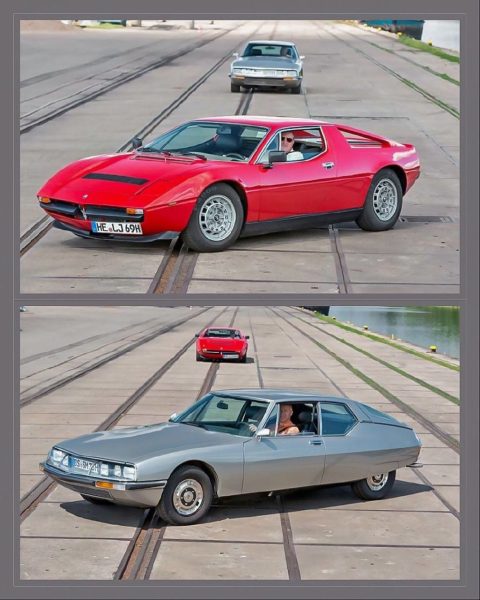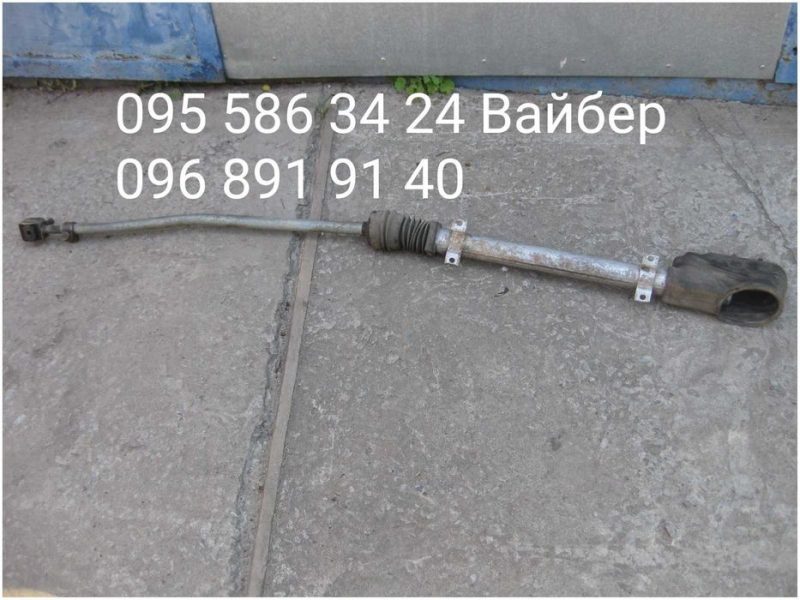
Test drive Citroën SM and Maserati Merak: different brothers

Two cars from a time when luxury cars were unique
Citroën SM and Maserati Merak share the same heart - a magnificent V6 engine designed by Giulio Alfieri with an unusual 90-degree bank angle. In order to integrate it in front of the rear axle in the Italian model, it is rotated 180 degrees. And that's not the only madness...
It is a common occurrence among brothers that the firstborn must fight for his freedom, and once he has received it, the rest can enjoy the privileges they have already acquired. On the other hand, subjects with very different characters can develop from the same genes - rebellious or modest, calm or cruel, athletic or not at all.
What do cars have to do with it? In the case of the Maserati Merak and Citroën SM, the analogy includes, first of all, the fact that both of them belong to a time that the truly passionate fans of the Italian brand would rather not talk about. In 1968, 1967-year-old Maserati owner Adolfo Orsi sold his stake in Citroën (partner of Maserati '75), giving up XNUMX percent of the Italian company to the French automaker. This marked the beginning of a brief but turbulent era in automotive history, characterized by ambitious goals first and then by problems with the marketing of sports models as a result of the oil crisis.
In 1968, nothing foreshadowed such an event, so Citroën was incredibly ambitious about the future of the Italian company. Fortunately, talented Maserati designer Giulio Alfieri is still in a good position with the new company and is tasked with creating a new V-90 engine, including for some future Citroën models. So far, so good. According to the story, Alfieri was shocked when he read the assignment, which indicated the angle between the rows ... XNUMX degrees.
The reason for the need for such an inappropriate angle in terms of balance when running the V6 is because the engine had to fit under the beveled lines of the front cover of the SM. Chief Designer Robert Opron designed the avant-garde Citroën SM with a rather low front end, so a standard mid-range V6 with a 60-degree row angle would not fit in height. At Citroen, it's not uncommon to make technological concessions in the name of form.
Block V6 Alfieri as a common heart
However, Giulio Alfieri accepted the challenge. A 2,7-liter light alloy unit weighing 140 kg has been developed, which, thanks to the complex constructive and expensive dohc valve heads, offers 170 hp. True, this is not such an impressive result, but one should not overlook the fact that the power in question is achieved at 5500 rpm. The engine can run up to 6500 rpm, but from a technical point of view, this is simply not necessary. The engine sound is recognized as the work of the composer Alfieri, but it has its own specifics. The noise of three circuits is well felt, two of which drive the camshafts. The third, but practically the first in terms of the drive sequence, performs the task of rotating the intermediate shaft, which, in turn, drives the water pump, alternator, high-pressure pump of the hydraulic system and the air conditioning compressor, as well as through the gears and the two mentioned chains in action a total of four camshafts. This circuit is under heavy load and is often a source of problems for vehicles in poor condition. Overall, however, the new V6 proved to be a relatively reliable car.
Maybe that's why Maserati's engineers can afford to get more out of it. They increase the cylinder diameter by 4,6 millimeters, which increases the displacement to three liters. Thus, power is increased by 20 hp and torque by 25 Nm, after which the unit rotates 180 degrees along the vertical axis and is implanted in a slightly modified Bora body, which debuted in 1972. This is how the car came to be. called Merak and in the range of the sports brand it is entrusted with the role of the base model with a price (in Germany) below 50 brands. For comparison, Bora with a V000 engine is 8 marks more expensive. With its 20 hp. and 000 Nm of torque, the Merak keeps an honorable distance from the Bora, which is only 190 kg heavier but has a 255 hp engine. Thus, Merak has a difficult fate - to settle between his two brothers. One of them is the Citroën SM, which colleagues from Auto Motor und Sport called the "silver bullet" and "the biggest" because its driving comfort is not inferior to the level of comfort. Mercedes 50. The other is the Maserati Bora in question, a full-fledged sports model with a large-displacement V310 engine. Unlike the Bora, the Merak has two extra, albeit tiny, rear seats, as well as non-glazed frames connecting the roof to the rear of the car. They look like a more elegant body solution compared to the enclosed engine bay of their larger engine counterpart.
De Tomaso erases Citroën's tracks
It is difficult for Merak to find customers - this is evidenced by the fact that before the cessation of production in 1830, only 1985 cars were sold. After 1975, Maserati became the property of the Italian state company GEPI and, in particular, Alessandro de Tomaso, the latter became its owner. CEO, the model goes through two more stages of its evolution. In the spring of 1975, the SS version appeared with a 220 hp engine. and - as a result of the imposition of a tax on luxury cars in Italy in 1976 - a 170 hp version. and a reduced displacement called Merak 2000 GT. The Citroën SM's gears make way for others, and the high-pressure brake system has been replaced with a conventional hydraulic one. Since 1980 Merak has been produced without Citroën parts. However, it is the technical products of the French company that make Merak really interesting. For example, the mentioned high pressure brake system (190 bar) provides a more efficient process of stopping and actuating retractable lights. These features are combined with spontaneous and direct road behavior - the kind that only a car with an intermediate engine can provide. Even at 3000 rpm, the V6 offers plenty of power and continues to maintain strong traction up to 6000 rpm.
When you get into the Citroën SM and look at the almost identical instruments and dashboard, including the center console, there is almost deja vu. However, the very first turn puts an end to the common denominator in both cars. It is in SM that Citroën unleashes its technological potential to its full potential. A hydropneumatic system with a unique shock absorbing capability ensures that the body, with a wheelbase of nearly three meters, rolls over bumps with surprising comfort. Added to this is the incomparable DIVARI steering with increased steering wheel return to the center and a narrower rear track of 200 mm, which, after some getting used to, provides a relaxing ride and ease of maneuvering. Ideal for long-distance travel, the SM is an avant-garde vehicle that makes its passengers feel important and is years ahead of its time. The rare Maserati is an exciting sports car that you truly forgive for small omissions.
Conclusion
The Citroën SM and Masarati Merak are cars from an era where car manufacturing is still possible. When not only strictly controlling financiers, but also constructors and designers had a firm word in defining the boundaries. Only in this way are such exciting cars like two brothers from the 70s born.
Text: Kai Clouder
Photo: Hardy Muchler

